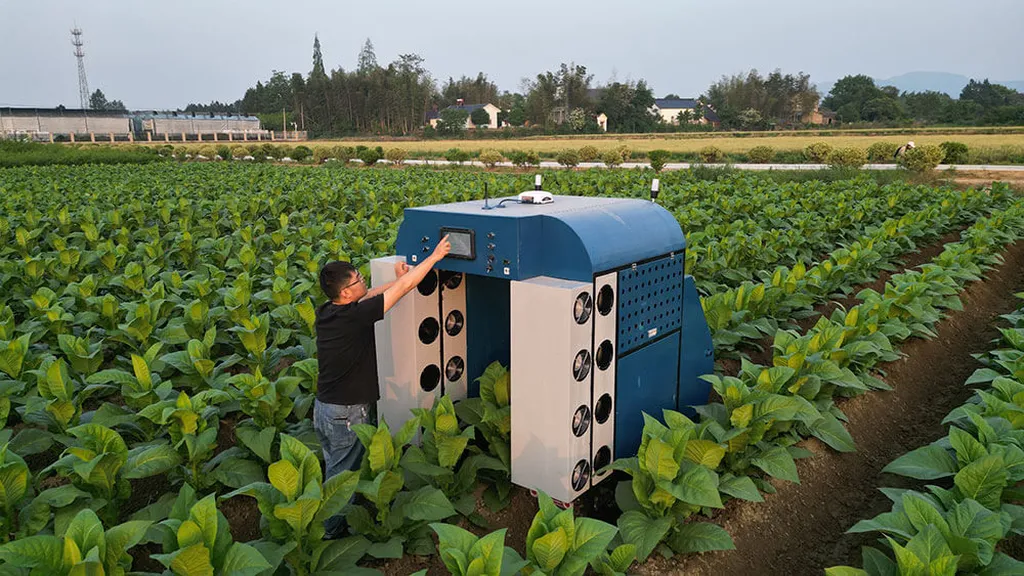In the ever-evolving landscape of agritech, a groundbreaking study has emerged that promises to revolutionize tobacco pest and disease prevention. Led by Kehan Liu from the College of Information Science and Engineering at Shandong Agricultural University in China, this research introduces a novel joint knowledge extraction model that could significantly enhance the precision and efficiency of text-based knowledge extraction in the field.
The study, published in the esteemed journal IEEE Access, addresses critical challenges in knowledge extraction, such as long-text overlapping triplets and data imbalance. Liu and his team constructed a comprehensive corpus of tobacco pest and disease prevention texts, drawing from published books and relevant websites. This dataset served as the foundation for developing their innovative model, which combines the power of BERT, BiLSTM, Self-Attention, and CASREL.
“Our model leverages the Transformer architecture of BERT to generate deep contextual semantic representations, effectively capturing complex semantic associations between words,” explained Liu. This sophisticated approach not only enhances the understanding of contextual and long-distance dependencies but also strengthens the ability to capture long-term dependencies through the BA module, which consists of BiLSTM and Self-Attention.
The CASREL module, a core component of the framework, employs a cascade binary tagging approach to achieve joint extraction of entities and relations. This method significantly improves the precision of complex relation recognition and enables end-to-end optimization. To tackle the data imbalance issue, the researchers adopted the GHM loss function, replacing the traditional cross-entropy loss function.
The results of the study are impressive, with the proposed model achieving a precision of 93.32%, a recall of 92.51%, and an F1-score of 92.91%. These findings validate the model’s effectiveness in addressing long-text overlapping triplet extraction and related challenges.
The implications of this research extend beyond the realm of tobacco pest and disease prevention. As Liu noted, “Our model not only enhances the precision of text knowledge extraction in this specific field but also provides new perspectives and methodologies for related research areas.” This breakthrough could pave the way for more efficient and accurate knowledge extraction in various agricultural sectors, ultimately leading to improved pest and disease management strategies.
In the broader context of the energy sector, the ability to extract and analyze vast amounts of text data with high precision could have significant commercial impacts. From optimizing crop yields to reducing the environmental footprint of agricultural practices, the applications of this technology are vast and promising.
As the agritech industry continues to evolve, the work of Kehan Liu and his team serves as a testament to the power of innovative research in driving progress. Their joint knowledge extraction model, published in IEEE Access (translated as “IEEE Access” in English), represents a significant step forward in the quest for more efficient and effective agricultural practices. The future of tobacco pest and disease prevention, and indeed the broader energy sector, looks brighter thanks to this groundbreaking research.

